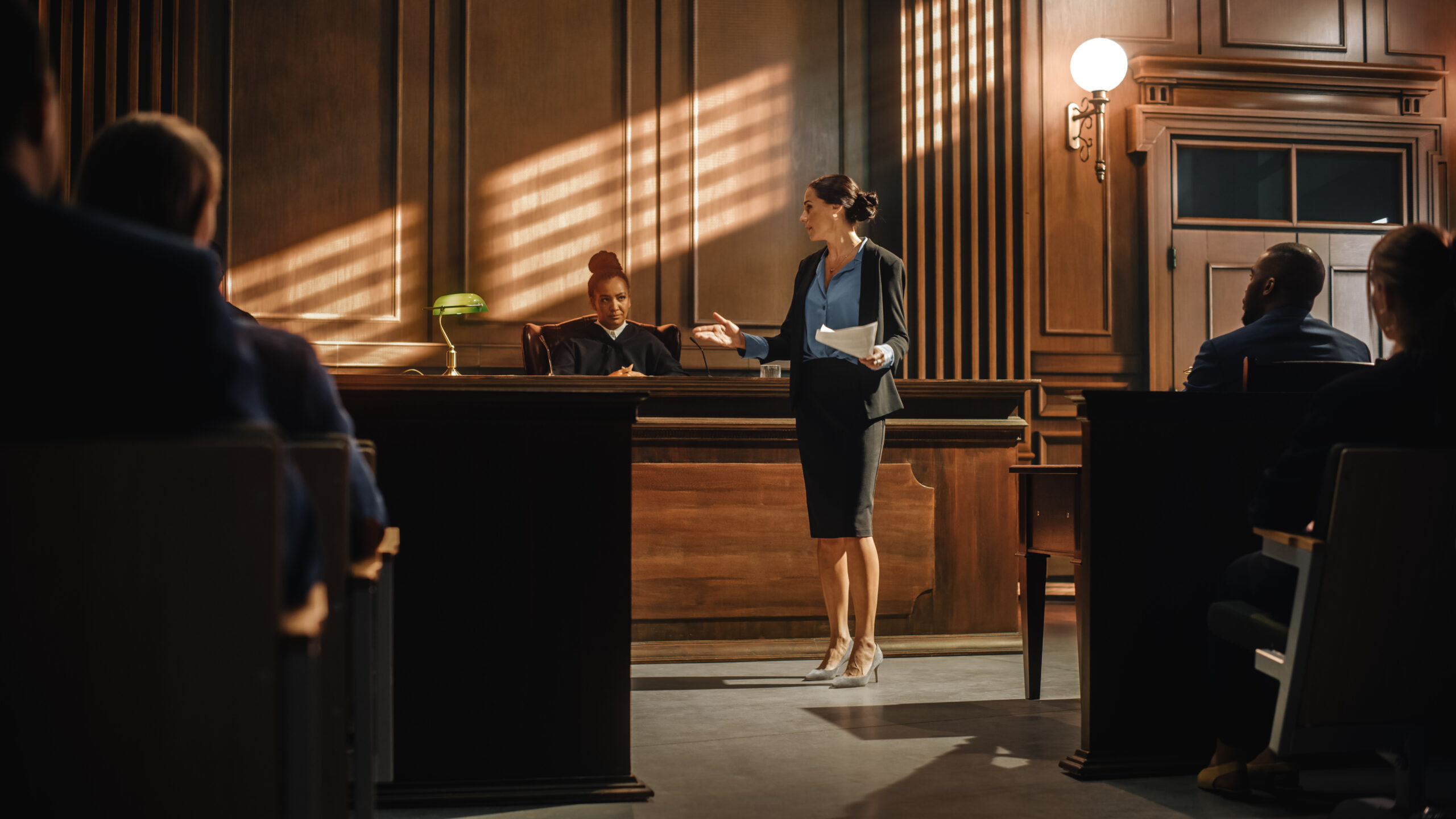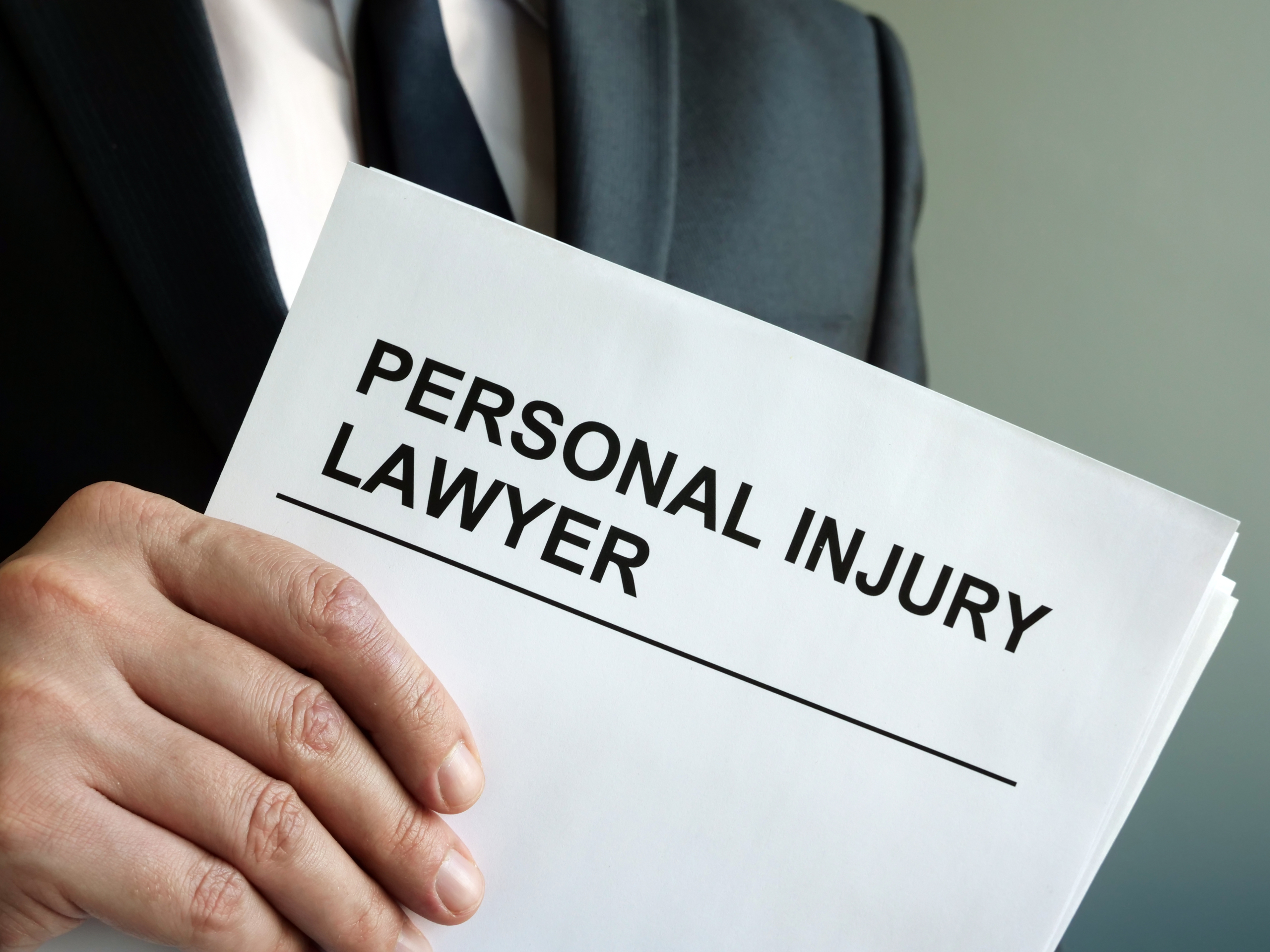In the legal profession, appearances matter. How you dress can significantly influence clients’ perceptions, colleagues’ respect, and even the outcomes of your cases. A well-chosen outfit conveys professionalism, competence, and confidence.
This article provides a comprehensive guide on selecting professional outfits for lawyers, ensuring you present your best self in all legal environments.
Choosing a professional bag
No.1 Briefcase by Vonbaer.com
When selecting a professional bag, nothing says ‘prepared and polished’ like a luxury leather briefcase. If you want to look the most professional in the entire courtroom, then choose a luxury leather briefcase from Von Baer, who handmake their briefcases from the best full-grain Italian leather. This choice enhances your professional image and is a practical tool for securely carrying documents and technology.
Understanding the dress code
The first step in curating your professional wardrobe is to understand the dress code of your specific legal environment. While some firms or courts may require strictly formal attire, others may allow for more business casual looks. Regardless, the aim is to look polished and professional.
The standard dress code for male and female lawyers typically leans towards formal professional attire, reflecting the seriousness and professionalism required in the legal field. Here’s a breakdown for both genders:
Common dress code for male lawyers
Here’s a quick breakdown of how dress codes for male lawyers, which you can tweak according to specific requirements set by your workplace.
- Suits: A well-tailored suit is a staple, usually in conservative colors like black, navy, or gray. The suit should be fitted appropriately to ensure a professional appearance.
- Shirts: Dress shirts should be crisp and clean, in solid colors like white or light blue. Patterns, if any, should be subtle.
- Ties: A tie is often required and should complement the suit and shirt. Ties should be conservative in color and pattern, avoiding anything too flashy or distracting.
- Shoes: Dress shoes, such as oxfords or loafers, should be polished and in good condition. Colors typically range from black to brown, matching the belt.
- Accessories: Minimal and tasteful. This includes watches, cufflinks, and potentially a pocket square for added elegance, all while ensuring not to over-accessorize.
Common dress code for female lawyers
Do you have the following wardrobe essentials? Use this list to check if you have the essential components of typical female lawyer workwear:
- Suits: Women can wear either pants or skirt suits, with the latter’s hemline typically at or just above the knee. Suits should be in neutral colors like black, navy, or gray and well-tailored to fit.
- Blouses: Underneath the suit, a conservative blouse or shirt in a solid color or with a minimal pattern is appropriate. The blouse should be professional and not too revealing.
- Shoes: Closed-toe pumps or flats in neutral colors such as black, navy, or beige are preferred. Shoes should be clean and in good repair.
- Accessories: Accessories should be kept to a minimum, such as small earrings, necklaces, or scarves, ensuring they are not too bold or distracting.
- Hosiery: In some traditional or formal settings, women may be expected to wear stockings when wearing a skirt. The color should complement the outfit and be conservative.
Both male and female lawyers should ensure that their clothing is continuously pressed, clean, and in good condition. Personal grooming and cleanliness are also part of the dress code, including hair, nails, and overall hygiene. The key is to present a professional, competent, and trustworthy image to clients, colleagues, and the court.
Selecting the right shirt or blouse
The shirts or blouses you wear under your suit jacket are just as important. Sticking to classic colors like white or light blue is advisable for men. For women, blouses in soft, solid colors or subtle patterns work well. Ensure your choices are well-fitted, ironed, and pristine – no missing buttons or loose threads.
The power of accessories
Accessories play a crucial role in elevating your professional look. For men, ties and pocket squares add a touch of personality to your outfit without compromising the formal look. Choose ties in silk for a touch of luxury and sophistication. Women can accessorize with modest jewelry and scarves to add color and texture to their outfits. Remember, less is more when accessorizing in a professional setting.
Footwear matters
Footwear should never be an afterthought. Lawyers should opt for polished, closed-toe shoes. Men should wear leather loafers or oxfords, while women can choose between pumps or flats. Ensure your shoes are well-maintained, clean, and in good repair.
Maintaining a professional grooming
Your outfit may be impeccable, but grooming is equally important. Maintain a neat hairstyle, ensure your nails are clean and trimmed, and opt for a minimal, fresh scent. Your grooming should complement your outfit, contributing to an overall appearance of cleanliness and professionalism.
Conclusion
Dressing professionally is a critical component of a lawyer’s success. It enhances your credibility, boosts confidence, and creates a positive impression. By carefully selecting your outfits, from your suit down to your luxury leather briefcase, you’re not just dressing for your job but for where you want your career to go. Remember, in law, your appearance can be as powerful as your arguments.




